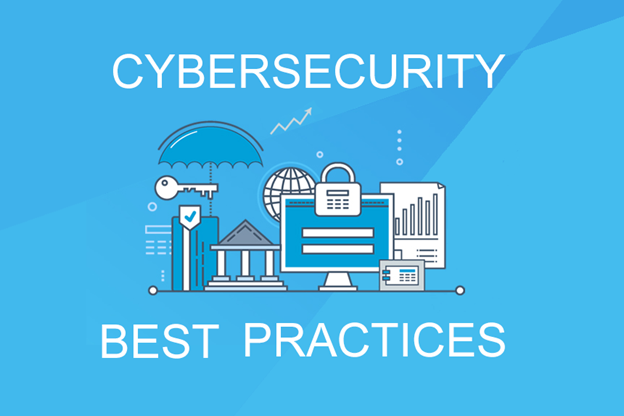No products in the cart.

Safeguarding Success: Cybersecurity Best Practices for MSPs and Their Clients
By: Steffie Bell
We live in an era dominated by technology, Managed Service Providers (MSPs) play a crucial role in assisting businesses with their IT infrastructure and operations. However, as the digital landscape expands, so do the threats that accompany it. Cybersecurity has become a top priority for MSPs and their clients alike. Implementing robust security measures is imperative to safeguard sensitive data, maintain business continuity, and uphold the trust of clients. This blog explores essential cybersecurity best practices for MSPs and their clients to ensure a resilient defense against evolving cyber threats.
Risk Assessment and Customized Security Plans:
Understanding the unique risks faced by each client is the first step in developing an effective cybersecurity strategy. Conduct thorough risk assessments to identify vulnerabilities and potential threats specific to each business. Tailor security plans accordingly, taking into account the industry, size, and specific needs of the client.
Regular Security Audits:
Regular security audits are essential to evaluate the effectiveness of existing security measures and identify any weaknesses. MSPs may want to conduct comprehensive audits to assess the integrity of networks, systems, and applications. Regularly updating security policies and protocols based on audit findings ensures ongoing protection against emerging threats may also be beneficial.
Employee Training and Awareness:
Employees are often the first line of defense against cyber threats. MSPs may want to collaborate with clients to implement ongoing cybersecurity training programs for employees. This includes educating staff on recognizing phishing attempts, creating strong passwords, and adhering to security policies. An informed workforce is a critical asset in preventing security breaches.
Multi-Factor Authentication (MFA):
Implementing multi-factor authentication adds an extra layer of security by requiring users to provide multiple forms of identification before accessing sensitive systems or data. MSPs could encourage clients to adopt MFA across their networks, applications, and devices to mitigate the risk of unauthorized access.
Regular Software Updates and Patch Management:
Outdated software is a very common entry point for cyberattacks. MSPs could ensure that clients’ systems, applications, and firmware are regularly updated with the latest security patches. Establishing a robust patch management process helps close potential vulnerabilities and enhances overall system security.
Data Encryption:
Encrypting sensitive data, both in transit and at rest, is crucial for protecting information from unauthorized access. MSPs could work with clients to implement encryption protocols for emails, files, and communications to ensure that even if data is intercepted, it remains secure and unreadable without the proper decryption keys.
Incident Response and Disaster Recovery Planning:
No system is entirely immune to cyber threats. MSPs would want to collaborate with clients to develop comprehensive incident response and disaster recovery plans. These plans outline the steps to be taken in the event of a security breach, ensuring a swift and coordinated response to minimize damage and downtime.
Network Segmentation:
Segmenting networks helps contain potential breaches, limiting the impact of a security incident. MSPs could assist clients in implementing network segmentation to isolate critical systems and sensitive data from the rest of the network, making it more challenging for attackers to move laterally.
Conclusion:
As cyber threats continue to evolve, the partnership between MSPs and their clients in fortifying cybersecurity defenses has never been more critical. By prioritizing risk assessments, employee training, and the implementation of advanced security measures, MSPs can ensure the resilience of their clients’ IT infrastructure in the face of an ever-changing threat landscape. Together, they can build a strong and adaptive cybersecurity framework that safeguards sensitive data, preserves business continuity, and instills confidence in our digital age.
Be sure to subscribe to our email list as we continue our blog series at https://mspaa.net/



